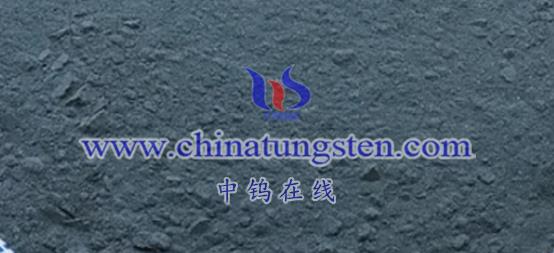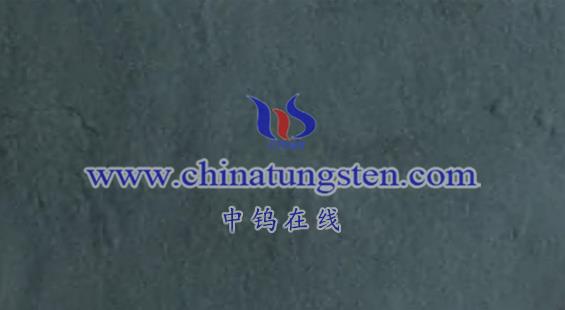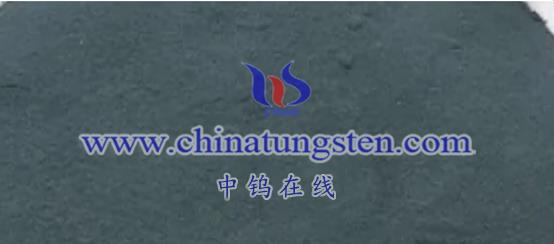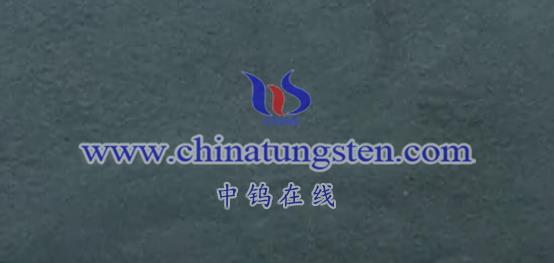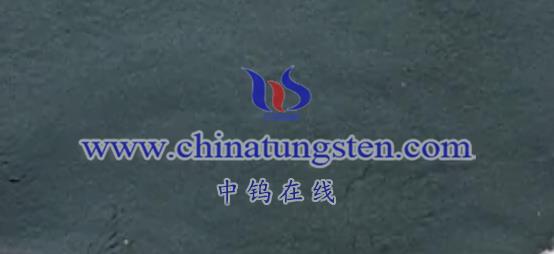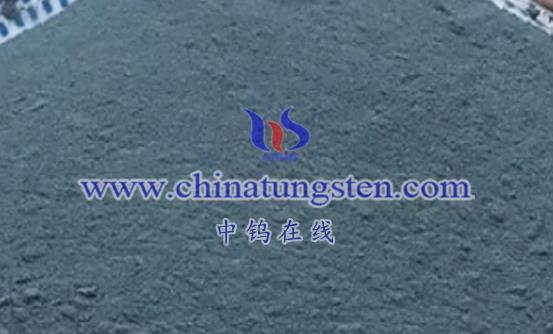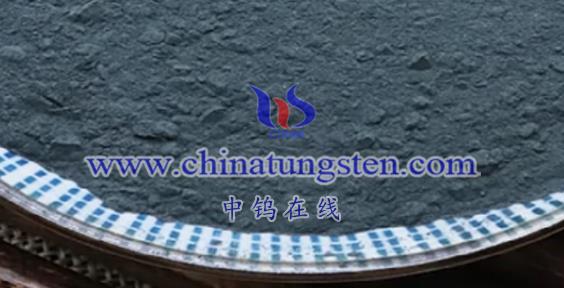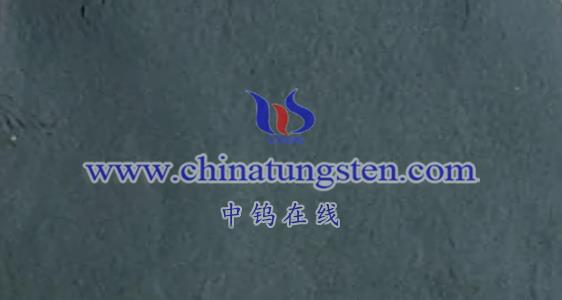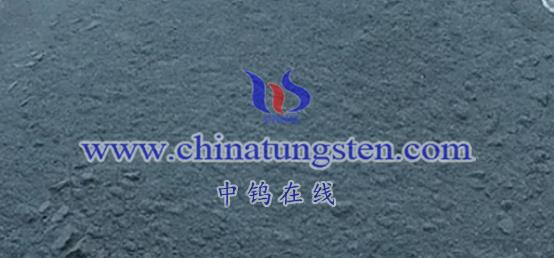
Tantalum tungsten bronze (TaxWO3) is utilized as an electrochromic material in devices due to its ability to change optical properties under an applied electric field. The underlying principle of electrochromism in tantalum tungsten bronze involves charge transfer and structural changes in its crystalline lattice. Here’s a detailed explanation of the principle:
- Overview of Electrochromic Principle
Electrochromism refers to the phenomenon where materials exhibit a change in optical properties when subjected to an electric field. For tantalum tungsten bronze, this electrochromic behavior mainly arises from changes in the valence states of tungsten ions (W) in the tungsten oxide (WO3) matrix and the resulting alterations in the crystal structure.
- Specific Mechanism of Electrochromism in Tantalum Tungsten Bronze
- Charge Transfer
When a voltage is applied across the tantalum tungsten bronze, electrons and cations (such as H⁺ or Li⁺) are injected into the material from opposite sides of the film simultaneously. The electrons are captured by tungsten atoms, forming localized states, while the cations remain in that region, bonding with tungsten atoms to form unstable compounds (e.g., tungsten bronze compounds). - Crystal Structure Changes
During the charge transfer process, the valence states of tungsten ions change, leading to defects and distortions in the crystal structure. These defects and distortions further affect the electronic structure and optical properties of the material. - Color Change
As a result of the structural changes and the reorganization of electrons, the absorption and reflection characteristics of tantalum tungsten bronze in the visible light spectrum alter. This is manifested as a visible color change, typically from colorless or light hues to deep blue or other colors.
- Role of Tantalum Element in Electrochromism
The incorporation of tantalum may further modify the crystal and electronic structure of tungsten oxide, enhancing its electrochromic properties.
- Doping Effect
Tantalum ions can act as dopants within the lattice of tungsten oxide, causing lattice distortions and increasing the density of oxygen vacancies. These changes help lower the energy gap for electronic transitions, improving the material’s photocatalytic performance and electrochromic efficiency.
- Applications of Tantalum Tungsten Bronze in Electrochromic Devices
The electrochromic performance of tantalum tungsten bronze enables its use in various applications, such as:
- Automotive Rearview Mirrors
These mirrors can automatically adjust their tint based on lighting conditions, improving safety and comfort. - Smart Windows
Tantalum tungsten bronze can regulate light transmission according to ambient light levels, enhancing energy efficiency and privacy. - Displays
In electronic displays, the material’s ability to change optical properties can be harnessed for improved visibility and user experience.
Conclusion
The principle of electrochromic devices using tantalum tungsten bronze is primarily based on charge transfer and structural changes in the presence of an electric field. The introduction of tantalum can further optimize the electrochromic properties of the material, demonstrating significant potential for a wide range of applications across various fields.
More details of tungsten oxide product, please visit website: tungsten-oxide.com
Please contact CHINATUNGSTEN for inquiry and order of tungsten oxide:
Email: sales@chinatungsten.com
Tel.: 86 592 5129595
